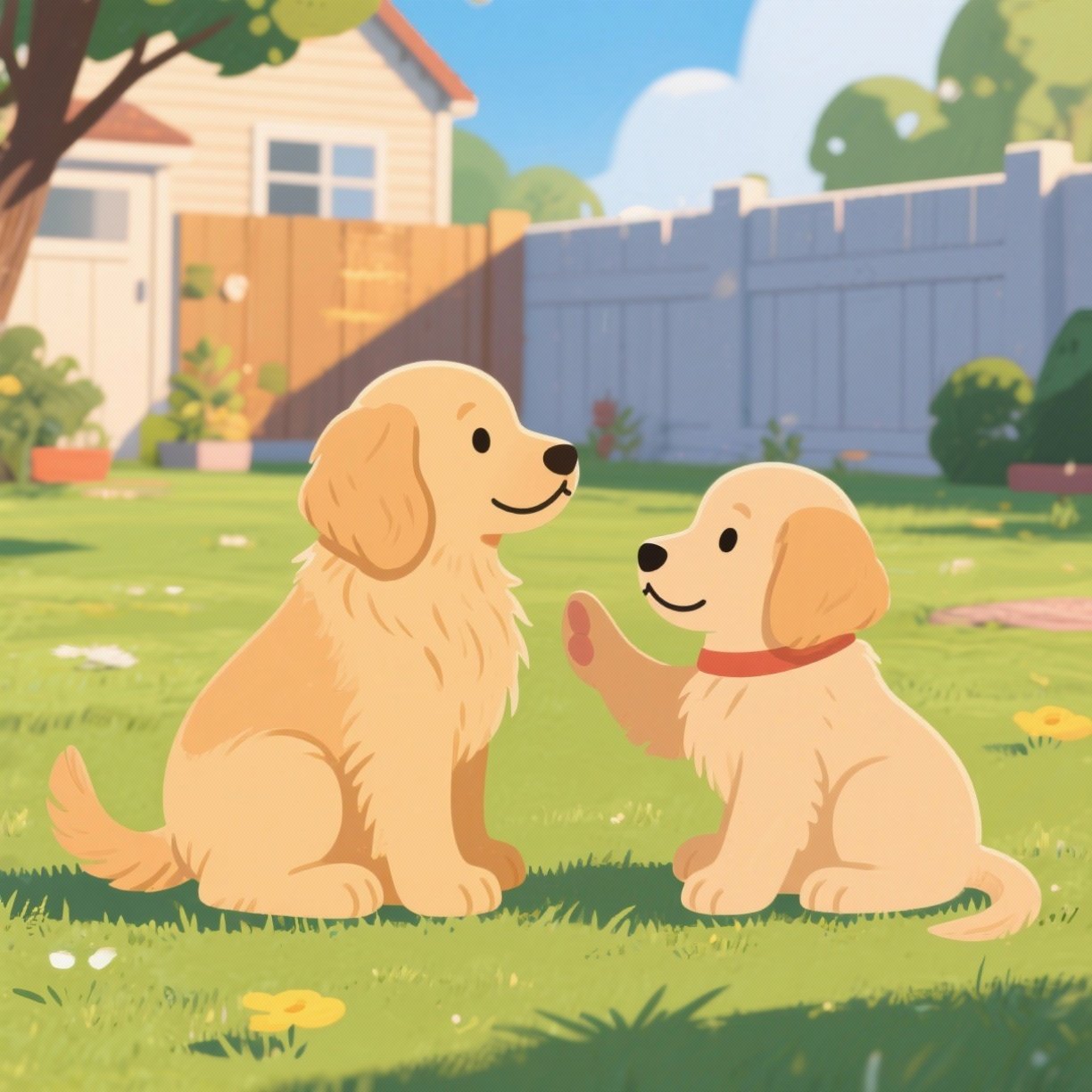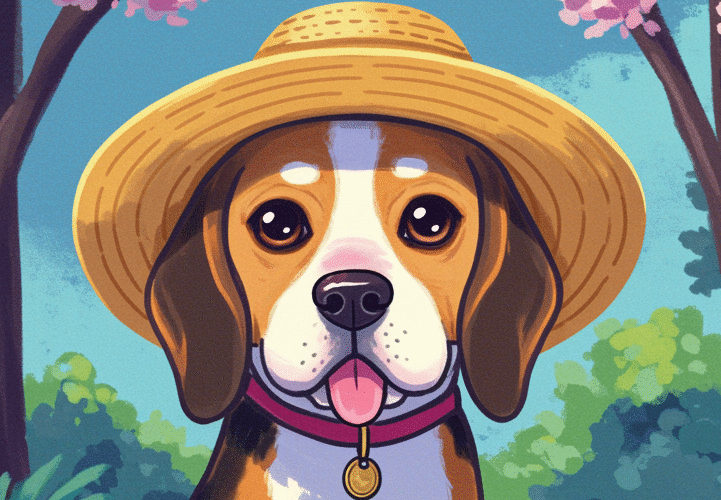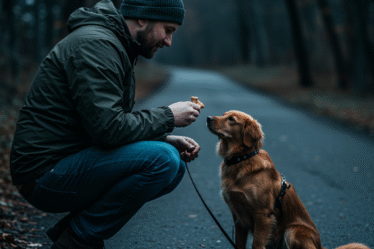
The Complete Guide to Puppy Training: When to Start and Essential Commands
Why Early Training Sets Your Puppy Up for Lifelong Success
Starting training at the right time creates a well-behaved, confident dog and strengthens the bond between you and your furry companion. The critical socialization window between 4-12 weeks is your golden opportunity to shape positive behaviors that will last a lifetime.
1
Understanding Puppy Development Stages
Newborn Phase (0-2 Weeks): Sensory Foundation
During this initial stage, puppies are primarily focused on sensory development. Their eyes and ears are starting to open, allowing them to begin experiencing the world. While formal training isn’t applicable at this age, it’s crucial for owners to provide a nurturing environment, ensuring their puppies grow accustomed to human touch and gentle interaction.
Transitional Phase (2-4 Weeks): Early Socialization
The transitional phase marks the beginning of socialization. Puppies start interacting more with their mother, littermates, and humans. This phase is excellent for introducing gentle handling, which lays the foundation for more structured training later. Brief, positive experiences with people and familiar environments significantly influence future learning capacity.
Socialization Phase (4-12 Weeks): The Golden Window
During this critical phase, puppies are incredibly receptive to learning new things. It’s often recommended to start basic command training within this window, as puppies are naturally curious and willing to engage with their environment. Introducing simple commands during this period effectively shapes good behavior patterns that will persist throughout their lives.
Juvenile Phase (3-6 Months): Advanced Learning
As puppies enter the juvenile phase, their training should become more structured and comprehensive. This stage focuses on reinforcing the basics and introducing more complex commands. Maintaining consistency and patience during training sessions is crucial, gradually increasing the complexity of tasks as the puppy becomes more adept and confident.
Experts recommend beginning basic training when a puppy is around 8-10 weeks old because their curiosity and eagerness to learn peak during this time. However, breed and individual temperament can influence the ideal starting point.
2
Essential Commands Every Puppy Should Learn
“Sit”: The Foundation Command
Teaching the “sit” command is often the first step in training because it’s simple to instill and lays the groundwork for more advanced commands. To teach a puppy to sit, hold a treat above its head and move it back toward the tail. As the puppy follows the treat, its bottom will naturally lower. Reinforce this position with immediate reward and consistent repetition.
“Stay”: Building Self-Control
A reliable “stay” command can prevent accidents and improve safety significantly. Start by asking your puppy to sit, then open your palm towards them and say “stay.” Gradually increase the distance and duration before rewarding the puppy for maintaining the position. This command teaches patience and impulse control.
“Come”: Essential for Safety
Recall commands like “come” are essential for safe play and exploring. Encourage your puppy to come to you by calling its name, using an enthusiastic tone, and rewarding them when they respond. Practicing this in a secure and distraction-free area enhances its effectiveness and reliability.
“Down”: Managing Energy
The “down” command helps control overly excited puppies and teaches relaxation. With a treat in your hand, bring it to your puppy’s nose, then gently lower it to the ground. Once the puppy follows and lies down, reward immediately. This command often requires patience but is invaluable for managing high-energy moments.
Creating the Perfect Training Environment
Positive Reinforcement Strategy
Using positive reinforcement like treats and praise is key to successful training. It strengthens the bond between you and your puppy, encouraging desirable behaviors through motivation rather than fear. Consistency and positivity are critical to fostering a lifelong love for learning.
Setting Up for Success
Creating a safe, distraction-free space is crucial for effective training. Puppies learn best in environments where they can focus on their handler without external stimuli competing for attention. Ensure consistency in commands across the household by involving all family members.
Training Session Checklist
- Keep sessions short (5-10 minutes)
- Use high-value treats as rewards
- Choose a quiet, distraction-free environment
- End on a positive note with success
- Practice multiple short sessions daily
- Be patient and consistent with commands
3
Overcoming Common Training Challenges
Managing Short Attention Spans
Puppies have notoriously short attention spans. Keep training sessions brief—around 5 to 10 minutes—to maintain their interest and prevent frustration. Over time, gradually increase session duration as their ability to focus improves and develops naturally.
Dealing with Distractions
Training can be hindered by external distractions. Combat this by starting in a quiet environment and gradually introducing distractions as your puppy masters commands. This approach conditions them to focus amidst chaos and real-world situations.
Handling Resistance
Some puppies might resist training or appear stubborn. In such cases, patience is vital. Offering high-value treats and breaking tasks into smaller, manageable steps can encourage reluctant learners to engage more willingly and build confidence.
Common Training Pitfalls
- Inconsistent Commands: Using different words for the same action confuses your puppy and slows learning progress.
- Training When Tired: Sessions when your puppy is exhausted lead to frustration and negative associations with training.
- Punishment-Based Methods: Using fear or intimidation breaks trust and can create behavioral problems later.
- Skipping Socialization: Failing to expose your puppy to various environments during the critical period limits their adaptability.
According to the American Veterinary Society of Animal Behavior, puppies who are adequately socialized tend to be less fearful and behave more appropriately in different settings throughout their lives.
4
Safety and Professional Guidance
Health Considerations
Before starting training outdoors or in public spaces, ensure your puppy is up to date with vaccinations. This practice protects them from diseases they may encounter during walks and socialization. Additionally, be mindful of your puppy’s physical limitations, avoiding activities that may strain developing joints.
When to Seek Professional Help
If training becomes overwhelming or your puppy shows persistent behavioral issues, consulting a professional trainer may be beneficial. Puppy training classes offer structured environments that teach foundational skills and allow for healthy social interaction with other puppies under expert supervision.
Signs Your Puppy Needs Professional Training
- Persistent aggressive behavior toward people or other animals
- Extreme fearfulness or anxiety in normal situations
- Destructive behavior that doesn’t improve with basic training
- Complete lack of response to basic commands after consistent practice
- Excessive barking, whining, or other disruptive behaviors
Start Your Puppy’s Training Journey Today!
Early training is the cornerstone of a well-behaved and balanced dog. The critical socialization window between 4-12 weeks offers your best opportunity to shape positive behaviors that will last a lifetime.
Remember that patience and consistency are your greatest tools. Every small victory builds toward a stronger bond and a happier, more confident dog. The investment you make in training now will pay dividends in years of companionship and joy.
Your puppy is counting on you to provide the guidance they need. Start with just 5 minutes today, and watch as your furry friend transforms into the well-behaved companion you’ve always dreamed of! 🐾




